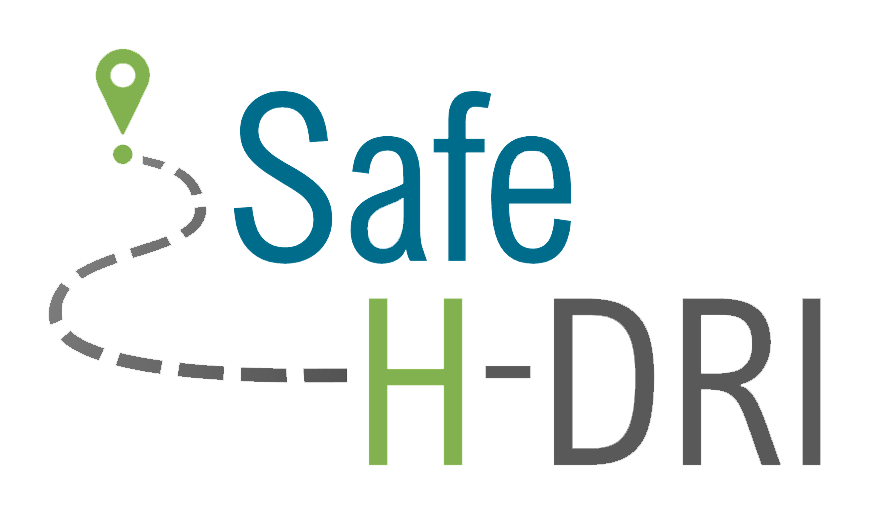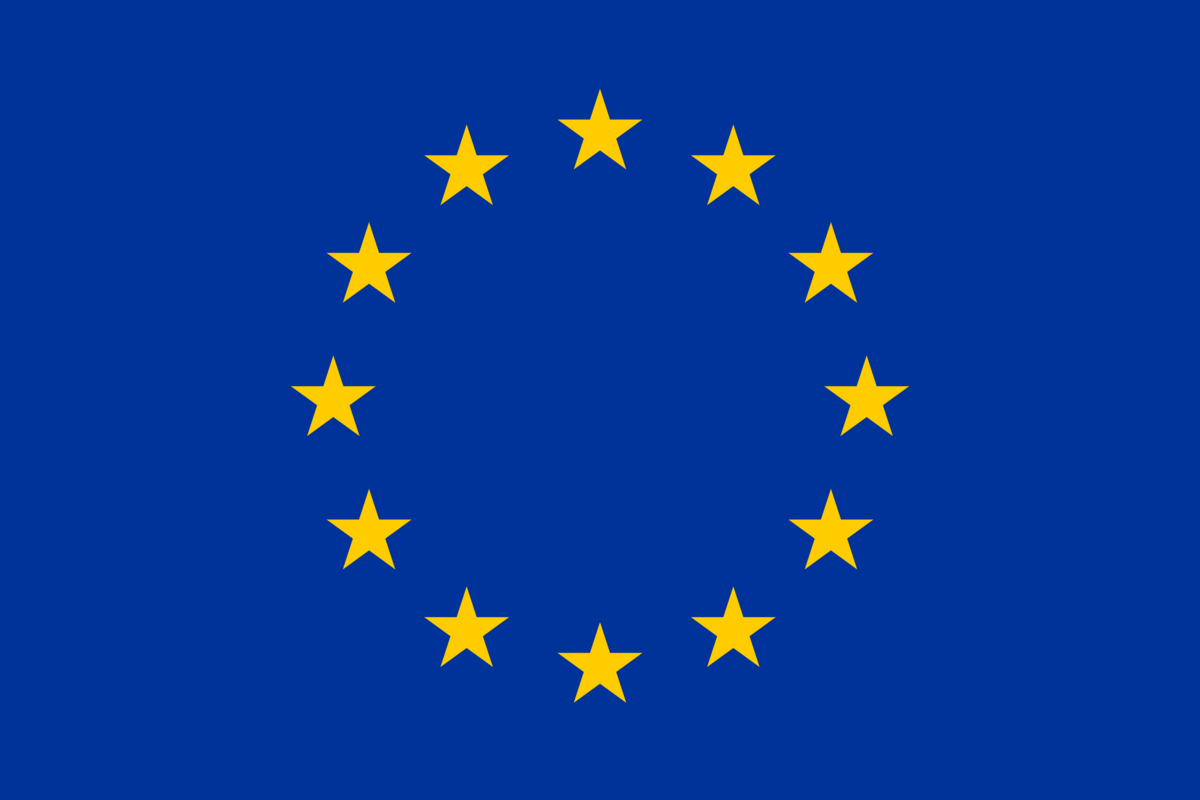Project Safe H-DRI
Safe transport of DRI from H2-based direct reduction considering quality-related H-DRI reactivity, stability, the efficiency of passivation methods and health and recycling aspects
Overall approach
The availability of scrap and the quality requirements of high-tech steel grades prevent the entire steel demand from being met by recycling scrap alone. Therefore, primary steel production will remain necessary, and it has to decarbonise. This induces the need to increase the share of direct reduction (DR) using Direct Reduced Iron (DRI) to cover the steel demand and to dilute metallic and other impurities present in lower-quality scrap grades.
Most iron ores available today are not of sufficient quality for use in DRI-based Electric Arc Furnace (EAF) steelmaking. Hence, while aiming to expand the raw material range to include lower ore grades, the related technical and quality limitations of DRI as cold-DRI input to EAF processes still need to be identified and evaluated. Additionally, the pathway to decarbonise the steel industry envisages producing DRI with hydrogen (H2, hydrogen-based DRI, in short: H-DRI) with a subsequent impact on product properties, resultant performance in downstream processes and steel quality, e. g., the degree of metallization. Given the potential to support the availability of hydrogen with ammonia (NH3) for DR, research in this area is important to accelerate decarbonisation.
The project Safe H-DRI aligns with policy and RFCS research objectives (Green Deal, Just Transition) to support clean steel breakthrough technologies, ensuring process sustainability, evaluation, and minimisation of safety and health risks along the process chain. The innovative knowledge regarding H-DRI behaviour will contribute to updated transport system standardisation and extend existing or new transport guidelines. As H-DRI transport is expected to strongly increase in the future, ensuring its secure transportation and handling supports the EU’s goal of a resource-efficient and competitive economy.
Objectives
Increased use of H-DRI will also enhance transport via rail and oversea since not all DRI will be produced in the European Union (EU) or directly at the steel producer’s site. In general, DRI originating from DR processes using natural gas with or without H2, with its high metallisation degree, is reactive. Exothermic reactions can occur, such as local self-heating during DRI transport or in a DRI pile, e. g., when exposed to unfavourable conditions (humid air, water impact). DRI reacts with water or humidity to hydrogen and oxygen. Combined with self-heating material, these can result in a serious hazard of explosion.
Especially the contact with seawater can lead to an intense reaction, which already led to the total loss of two freight ships in the recent past. Furthermore, regarding H-DRI and the use of low-grade ores in DR, there is a lack of knowledge on H-DRI stability (crack and fines formation) as well as on reoxidation behaviour during H-DRI transport with related handling (loading and unloading) and on the recycling of resulting fines. Therefore, the objectives of the Safe H-DRI project are as follows:
- Adjust concept for an industrially applicable logistic chain including loading, containers, transport, unloading and storing to H-DRI requirements
- Use of varying iron ore qualities also using low-grade iron ores (e. g., BF grade pellets, and recycled fines/dust reimplemented in pellets or briquettes) to produce H-DRI with 100 % H2 and NH3 (mixture of H2/Ar-NH3)
- Examination of H-DRI reoxidation behaviour under varying conditions being typical for transport (dry/wet storage using saltwater conditions, humid air, enhanced temperature)
- Quantify crack formation during H-DRI handling and fines formation and develop options for its reuse
- Identify correlations between varying H-DRI quality (metallization, gangue content, particle size), hazards and risks, and identifying critical factors for safe transport
- Research the potential of passivation methods for H-DRI to prevent hazards and risks from reoxidation (self-heating, ignition, local explosions) during transport and related handling including its downstream impact on loss of metallization, particle sizes and dust composition
- Transport system standardisation and update of existing transport guidelines with innovative knowledge regarding behaviour of H-DRI
PROJECT TIMELINE:
1 October 2024 – 31 March 2028
FUNDING SCHEME:
This project has received European Union’s Horizon Europe research and innovation funding (Grant Agreement no. 101150482).
PROJECT CONSORTIUM:
Starting with the project coordinator, the consortium is composed as follows:
- K1-MET GmbH
- Acciaierie d'Italia Spa
- ArcelorMittal innovacion investigacion e inversion SL
- ArcelorMittal Maizières de Research SA
- VDEh Betriebsforschungsinstitut GmbH
- Centre de Recherches Métallurgiques asbl
- Danieli & C. Officine Meccaniche SpA
- DB Cargo Aktiengesellschaft
- Aktien-Gesellschaft der Dillinger Hüttenwerke
- Hüttenwerke Krupp Mannesmann GmbH
- Innofreight Solutions GmbH
- Innofreight Germany GmbH
- Montanuniversitaet Leoben, Chair of Ferrous Metallurgy
- Montanuniversitaet Leoben, Chair of Mining Engineering and Mineral Economics
- Montanuniversitaet Leoben, Chair of Thermal Processing Technology
- RINA Consulting – Centro Sviluppo Materiali SpA
- Tata Steel Nederland Technology BV
- Universita del Salento
- voestalpine Stahl GmbH
- voestalpine Stahl Donawitz GmbH

 DE
DE EN
EN
